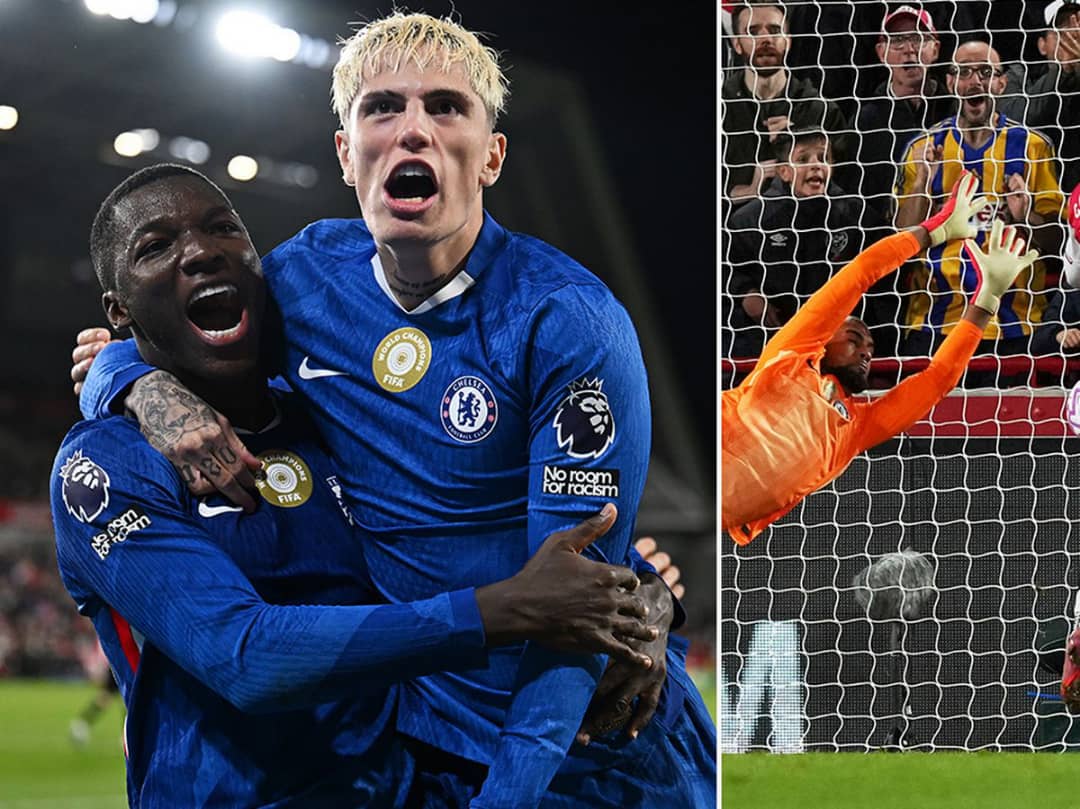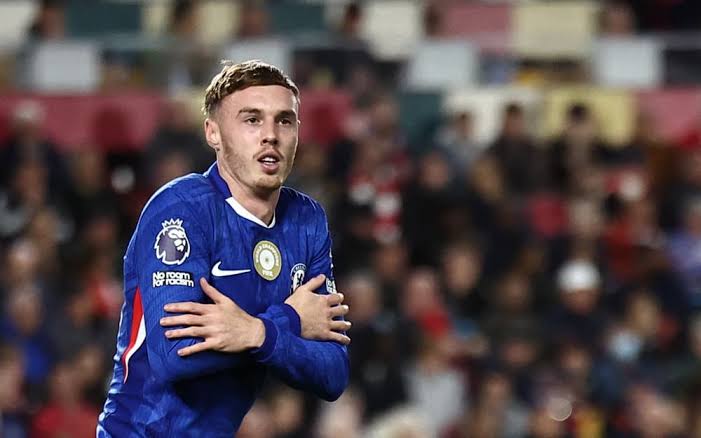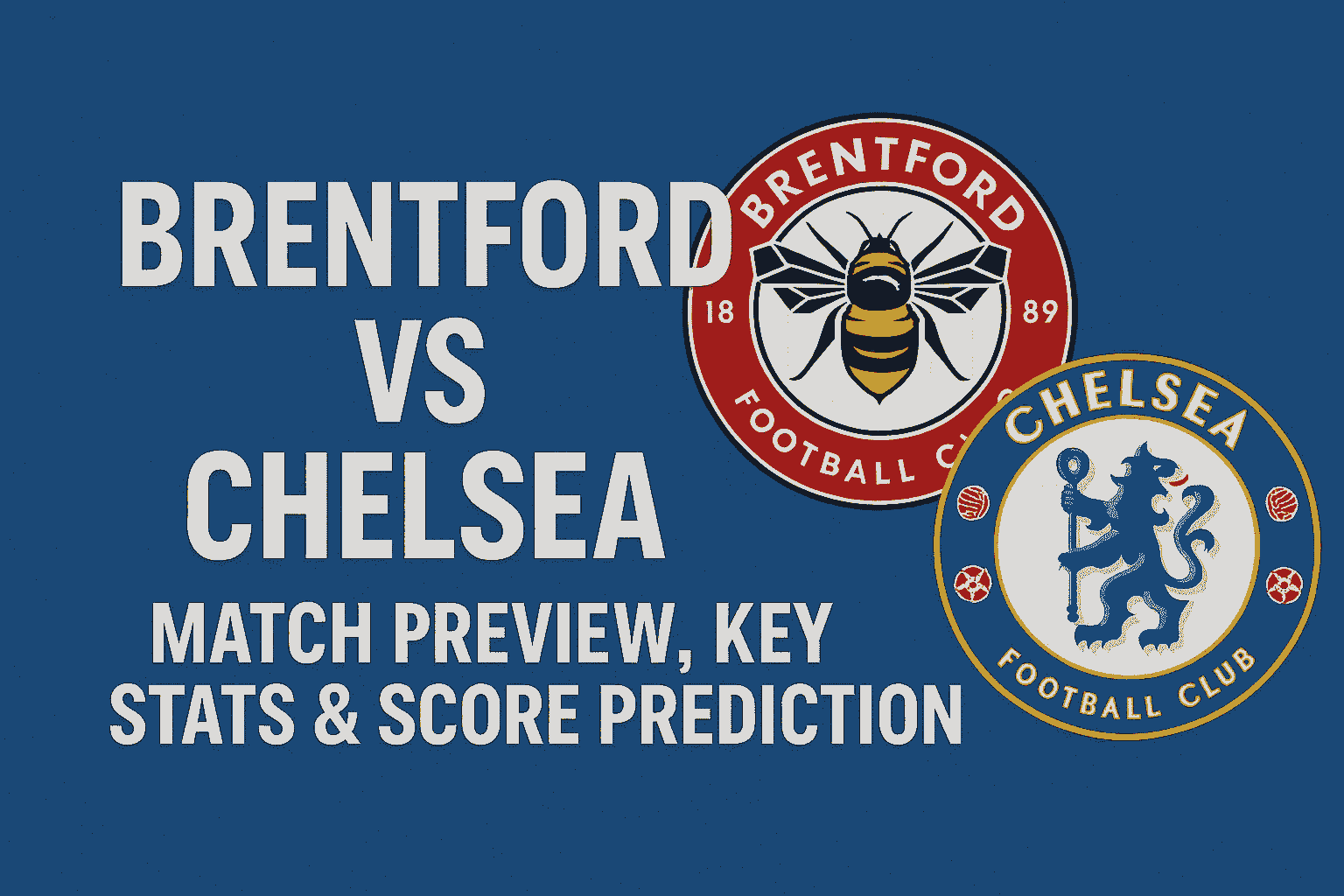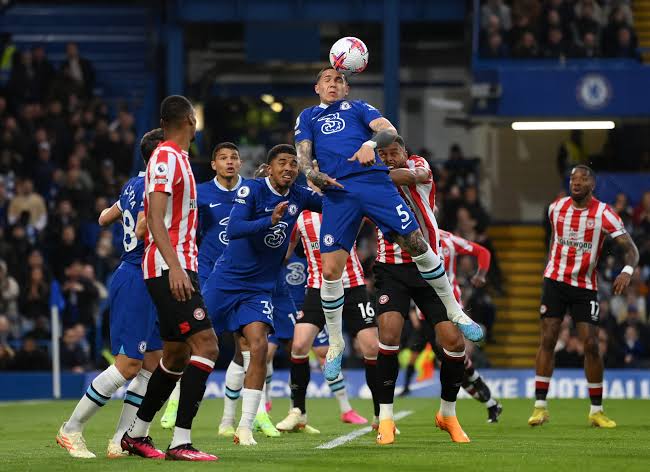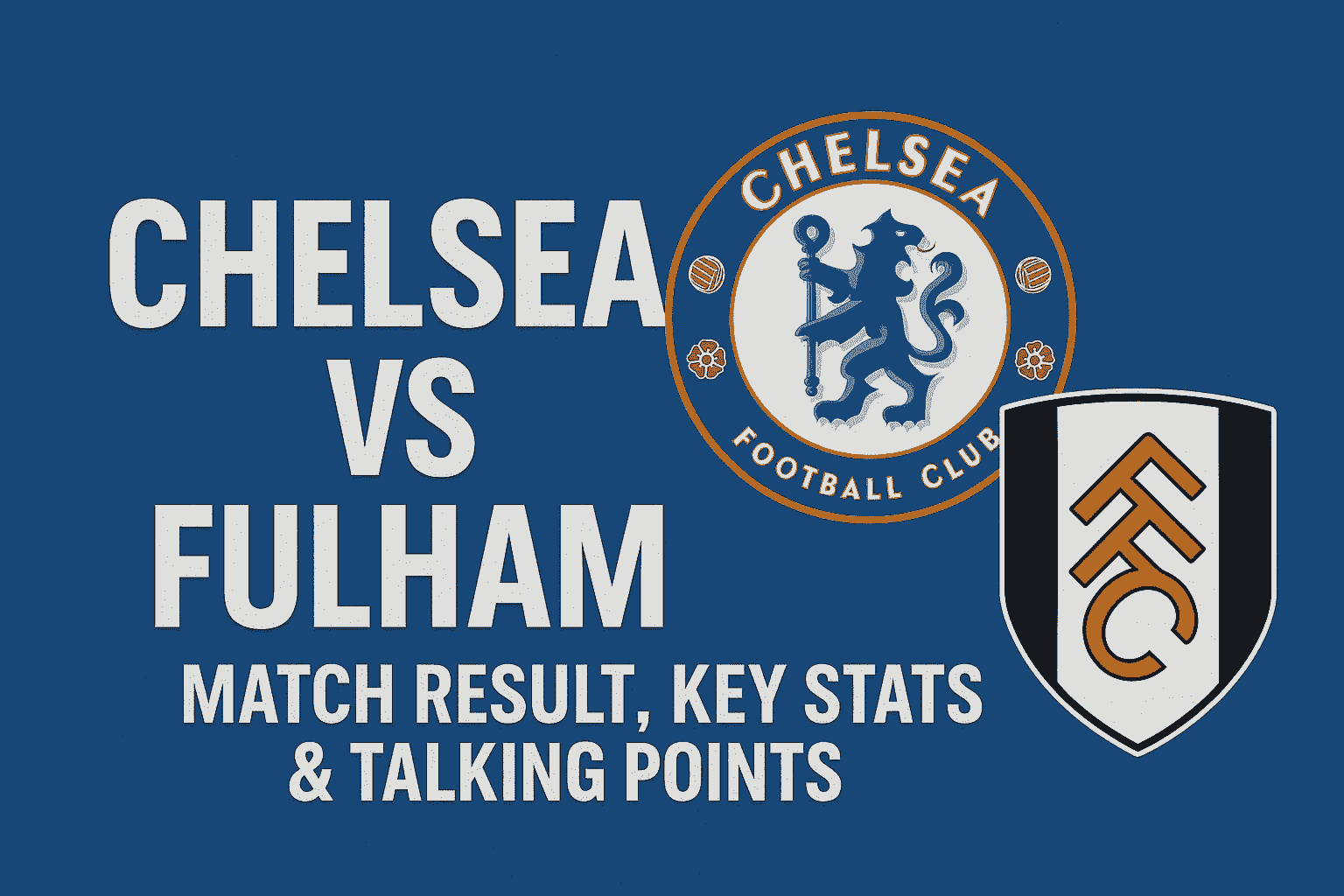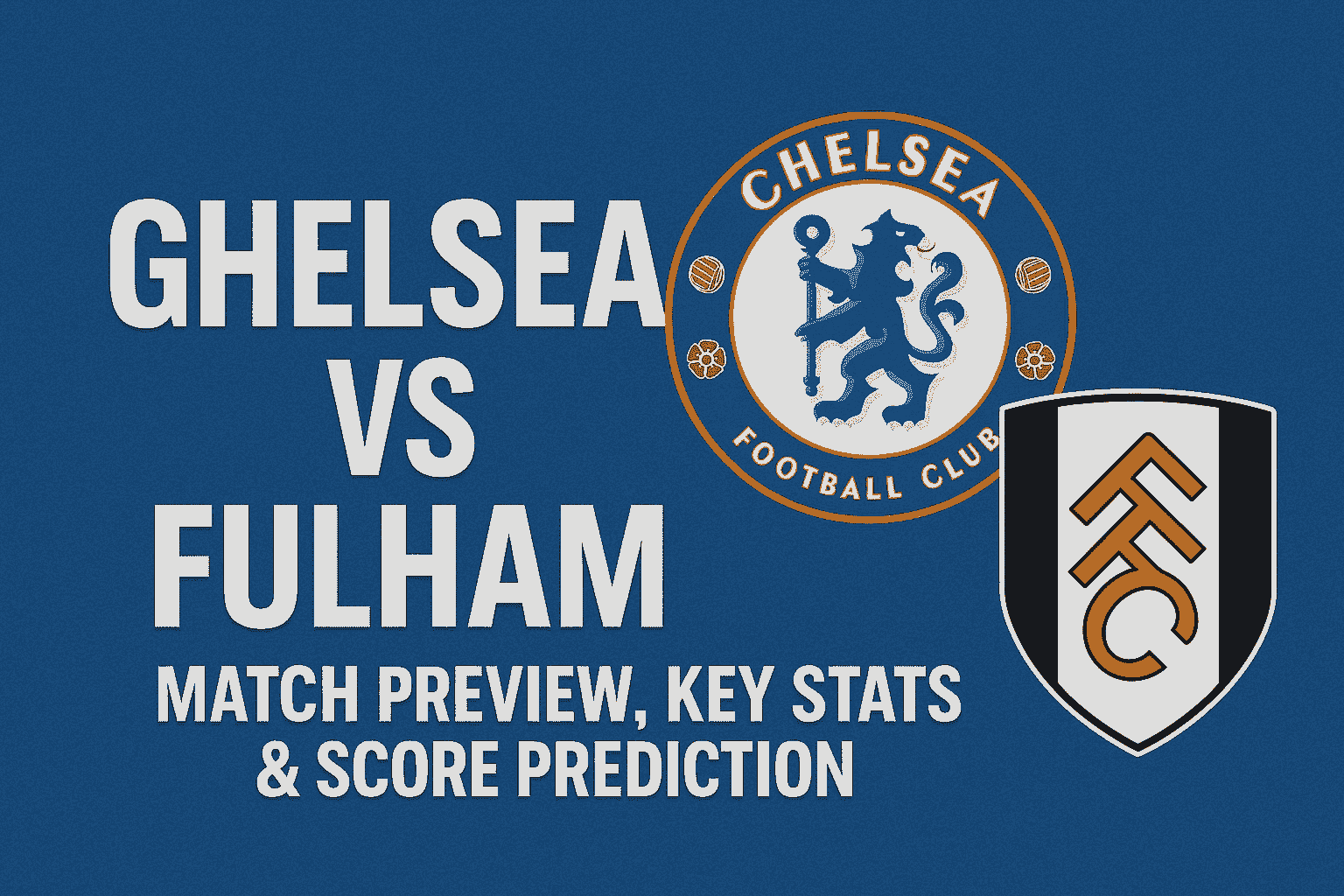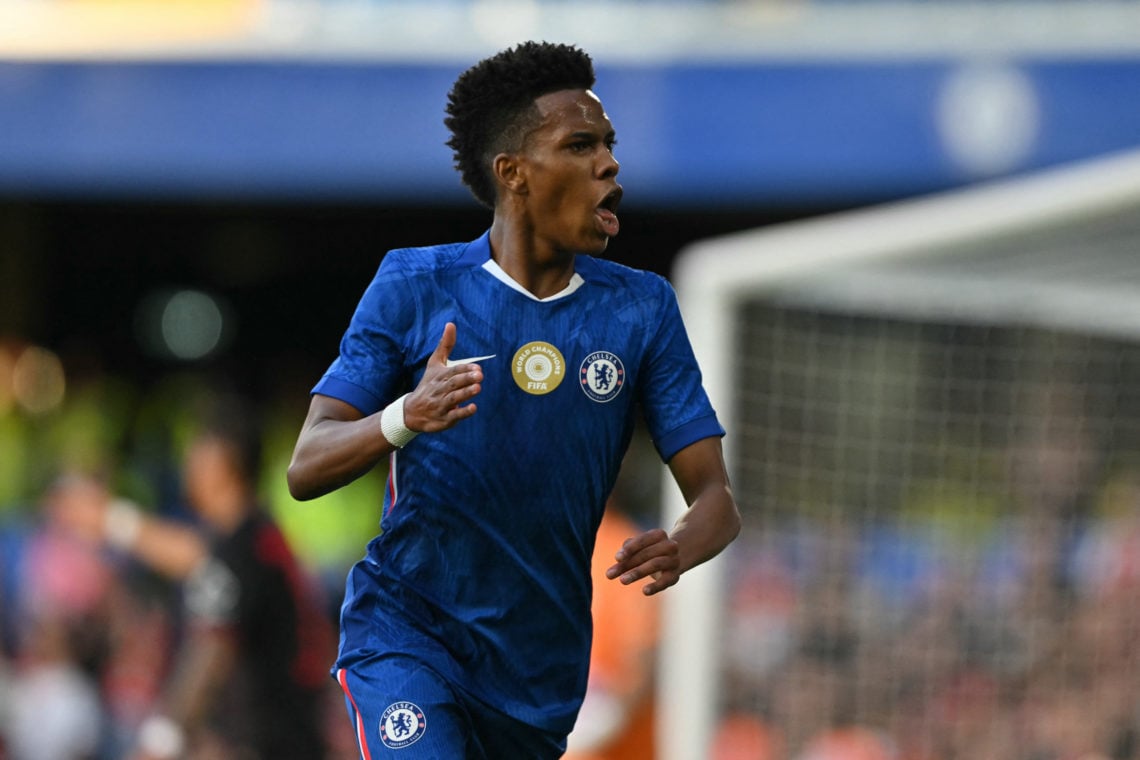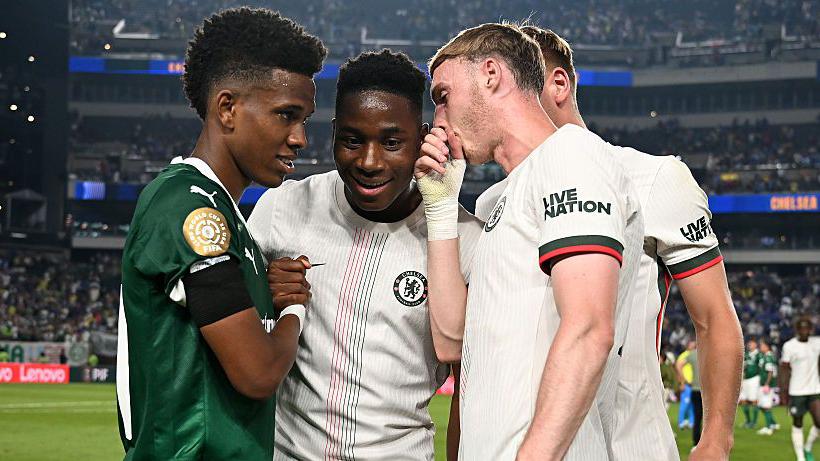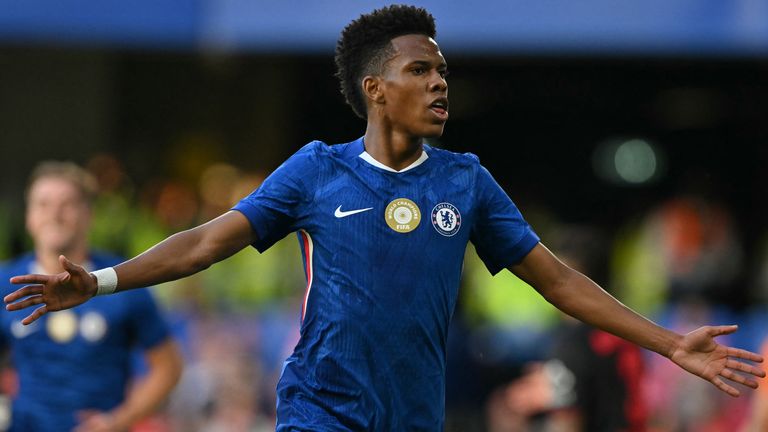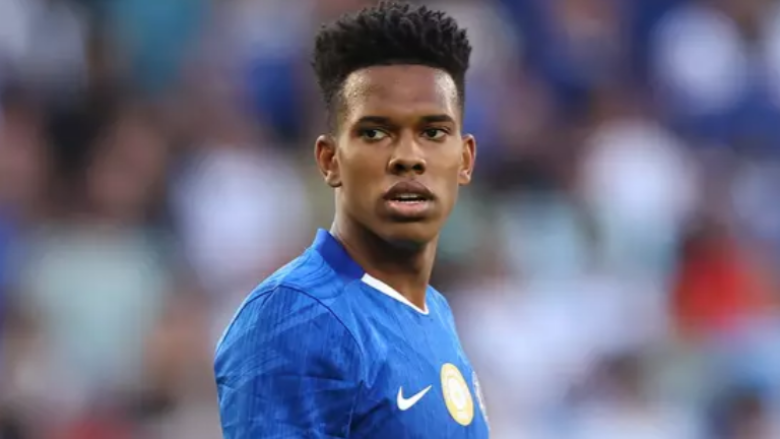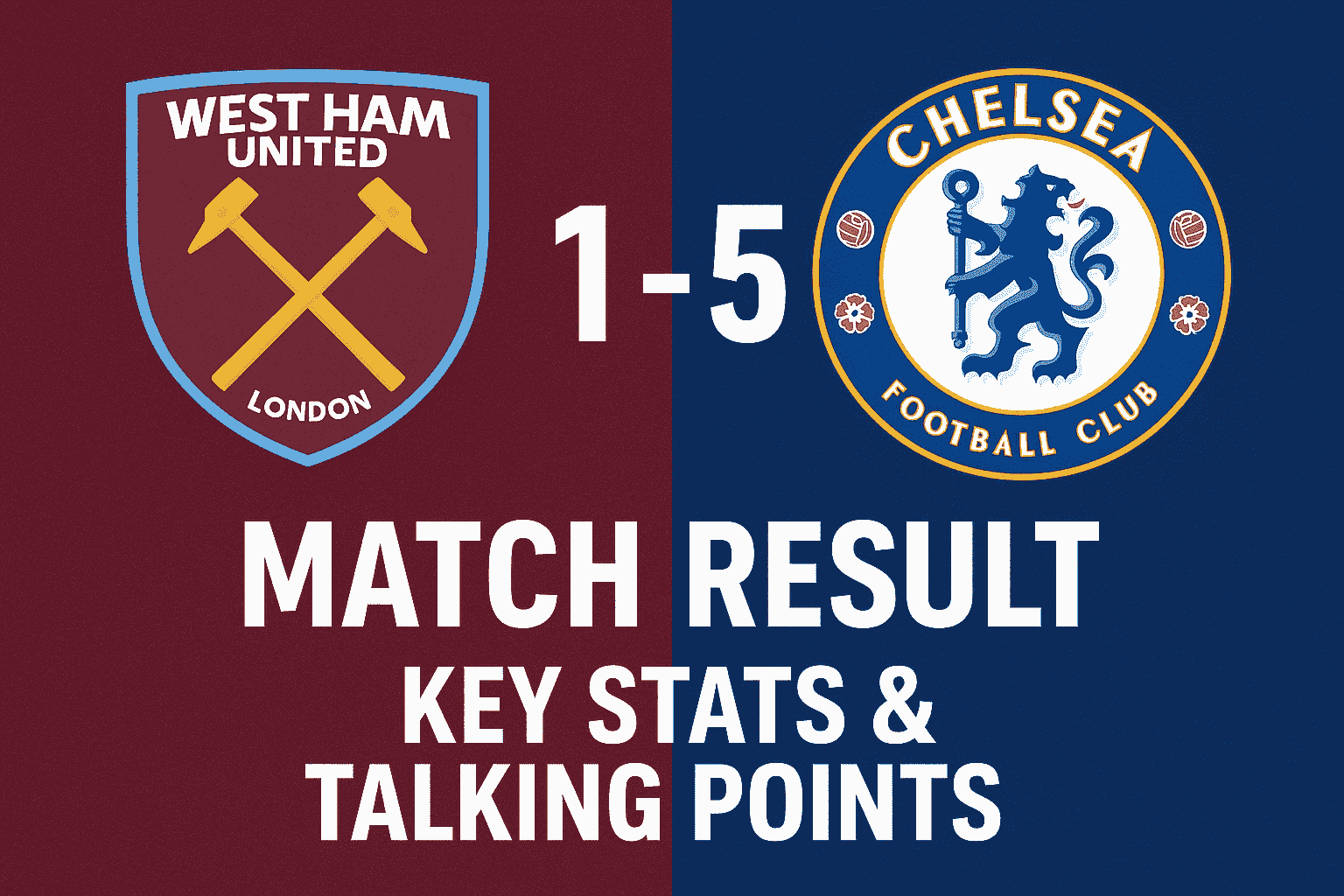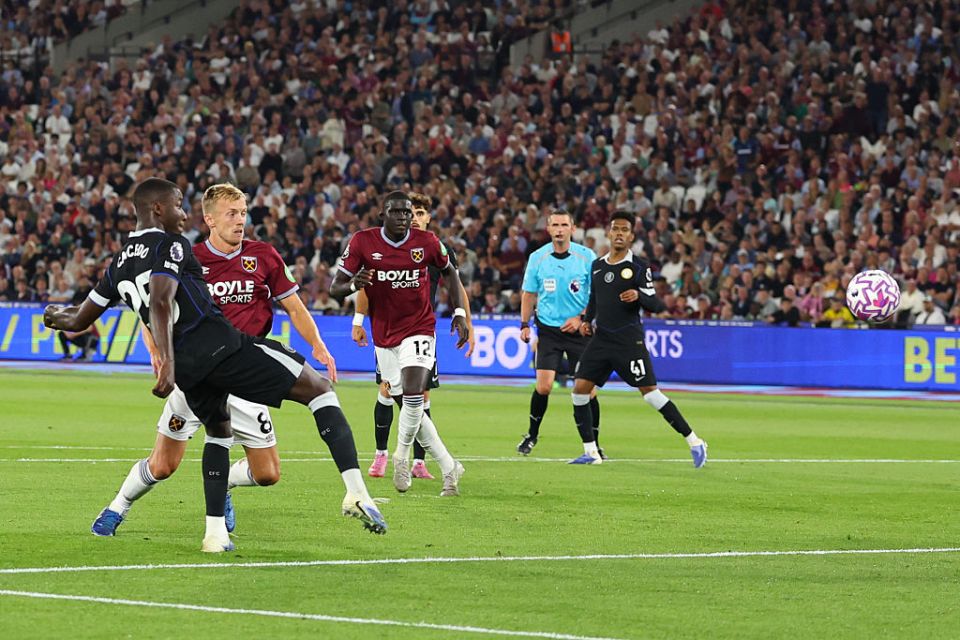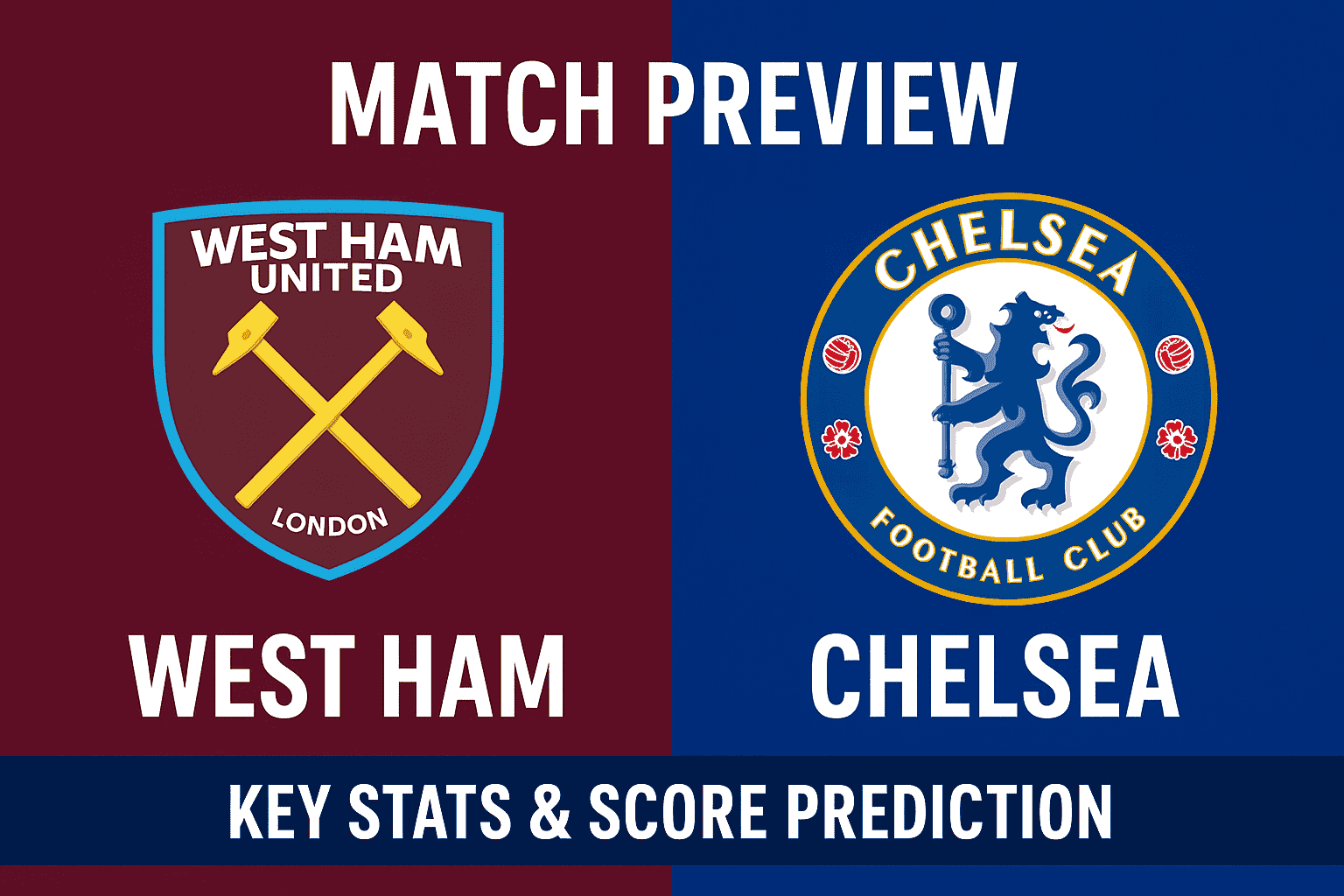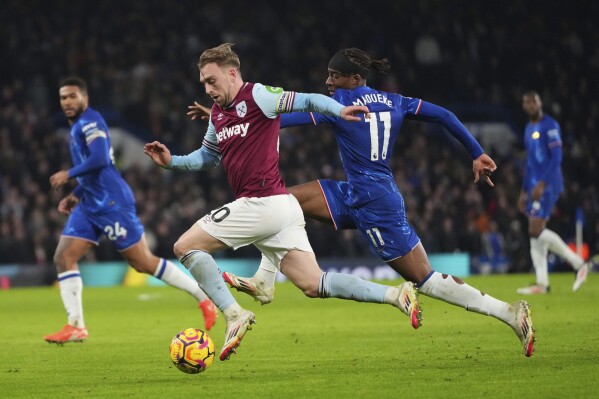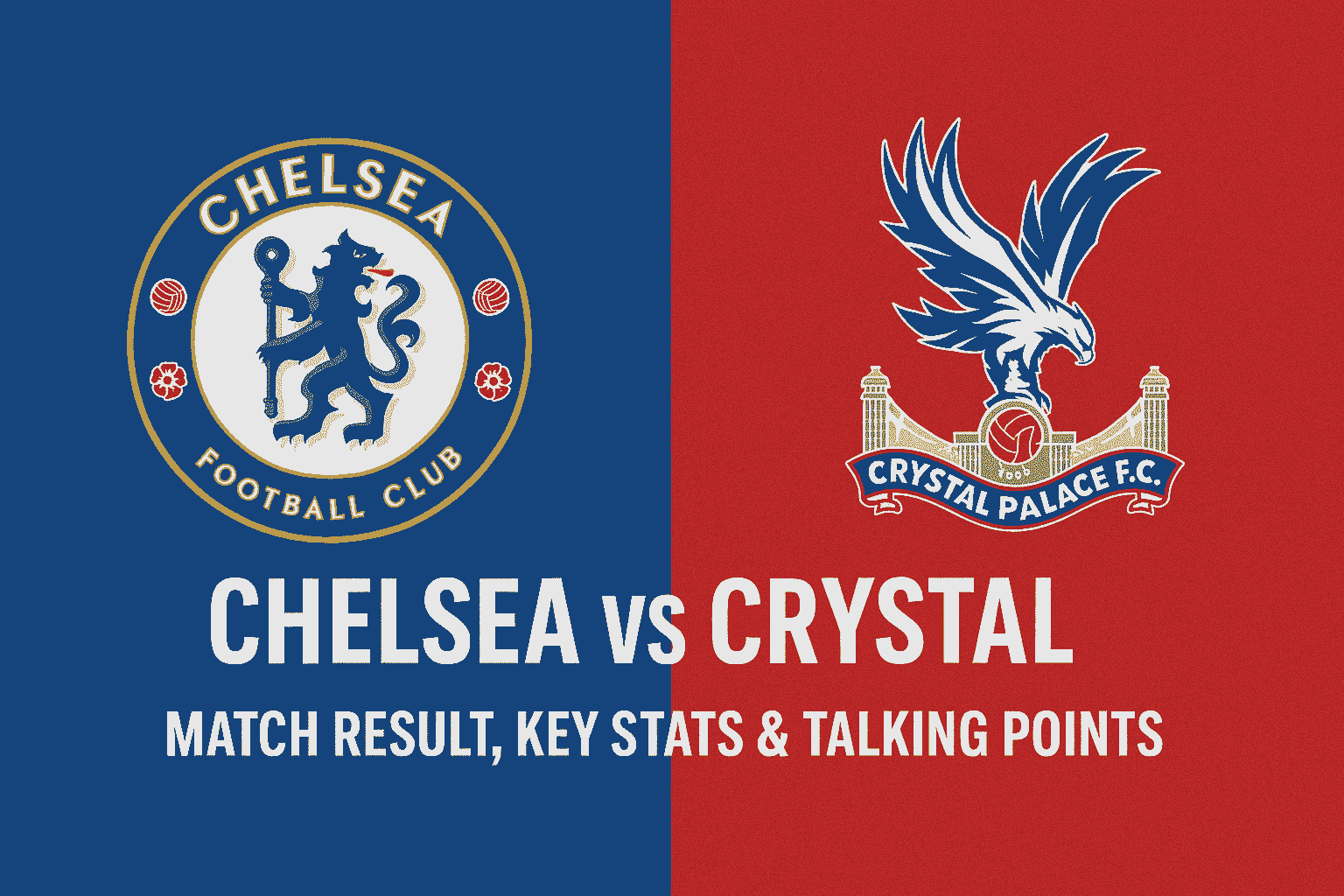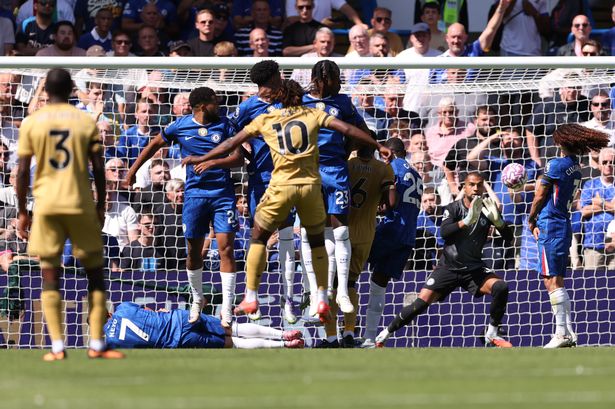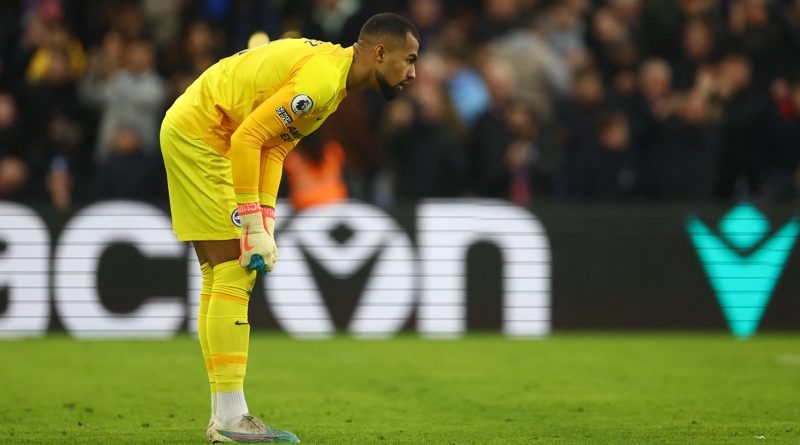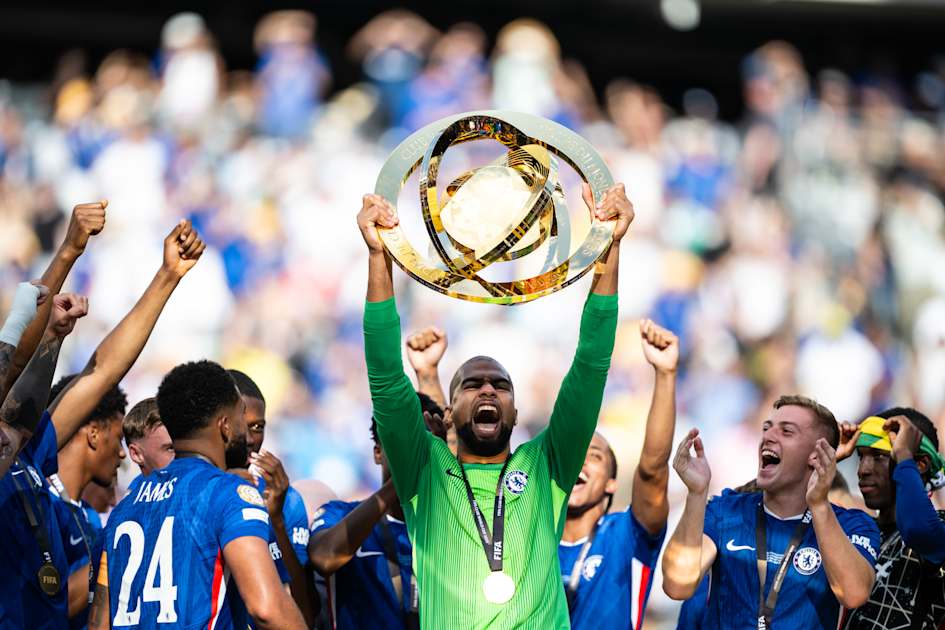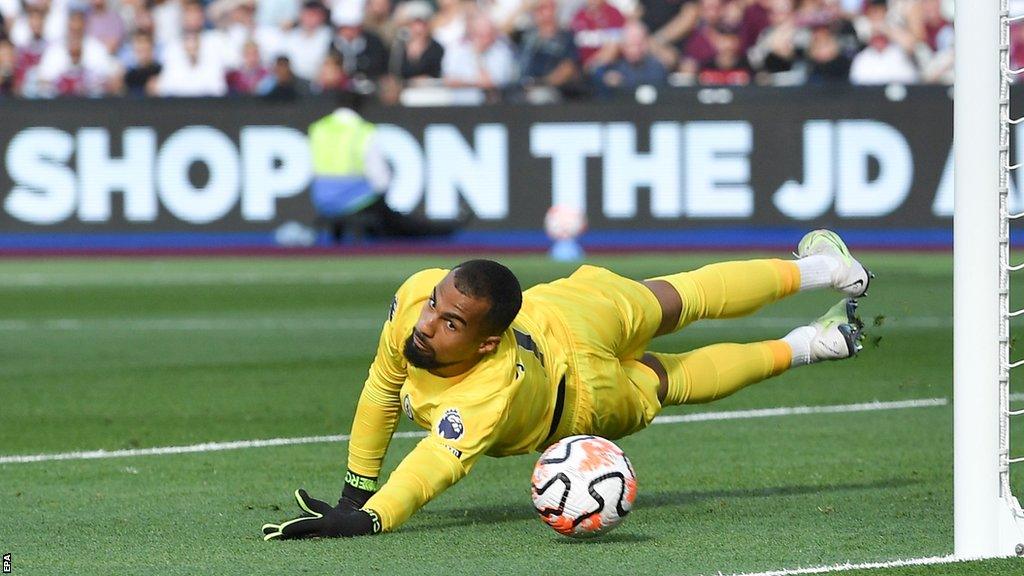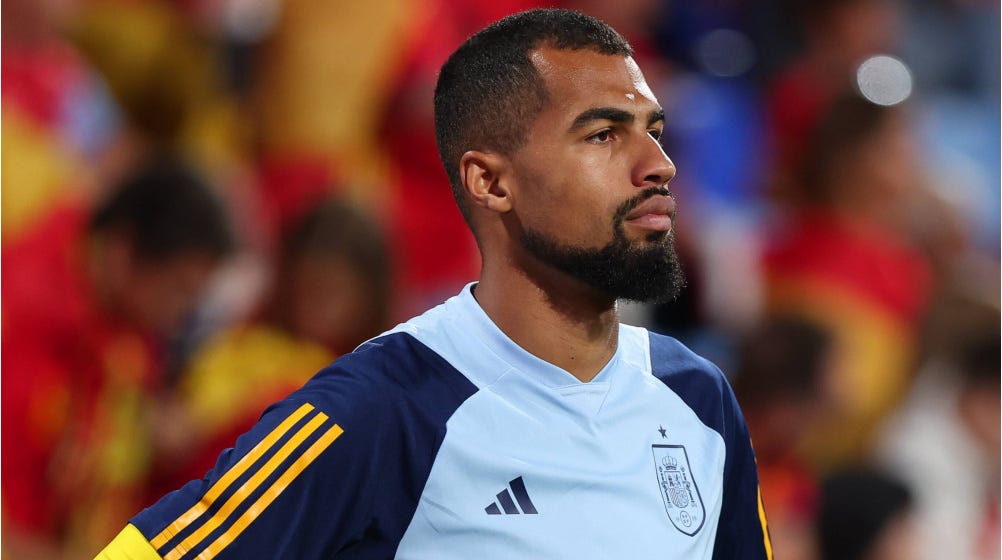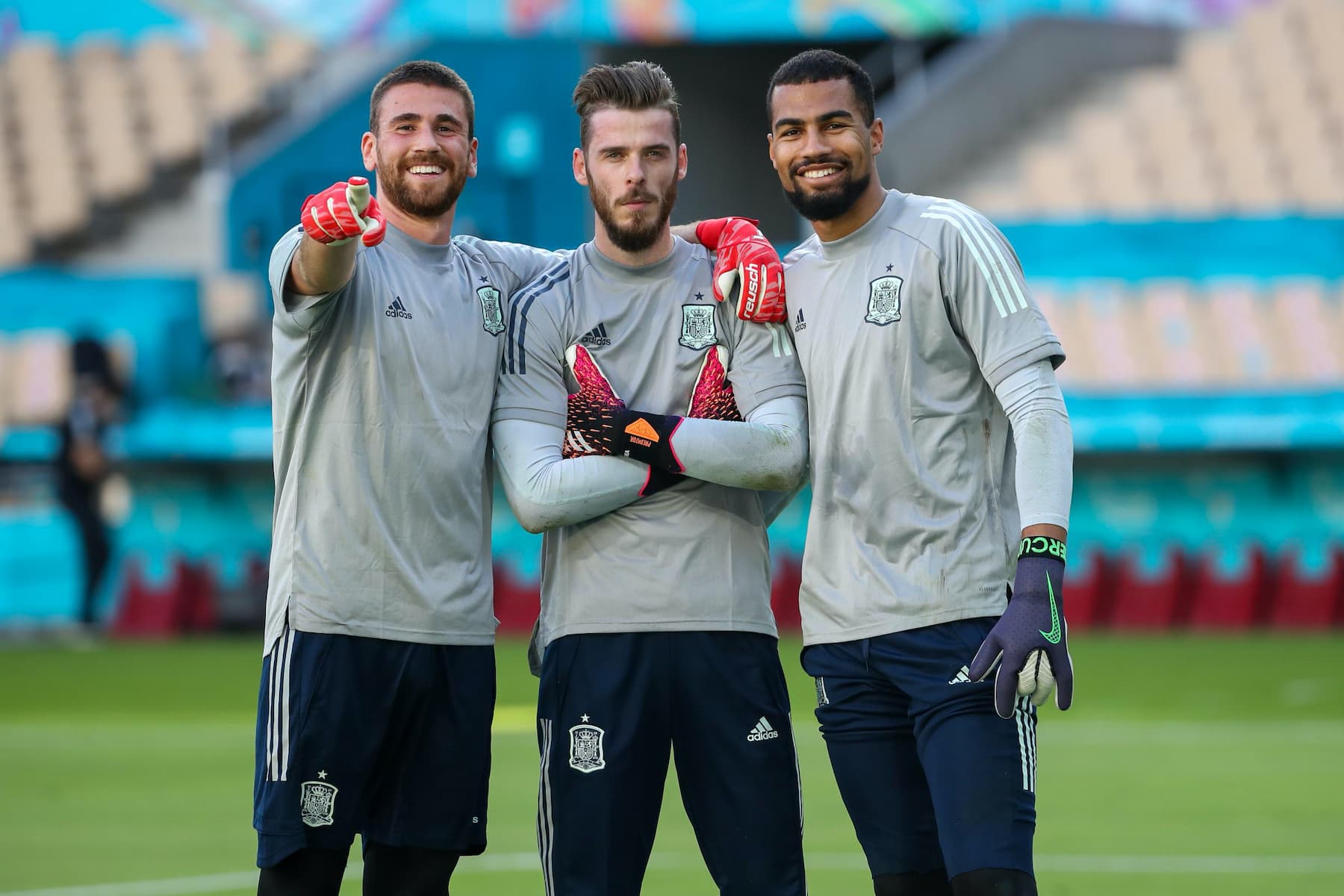You're settling into your favorite armchair, remote in hand, ready for what could be the most electrifying Bayern vs Chelsea encounter in recent memory. The atmosphere is crackling, the stakes couldn't be higher, and somewhere in Munich or London, two footballing giants are about to lock horns in a battle that'll have you on the edge of your seat.
I've been following these two clubs through their glory days and their heartbreaks, and let me tell you – when Bayern Munich vs Chelsea clash, magic happens. Whether you're a die-hard Blues supporter or you bleed Bayern red, this matchup promises fireworks that'll light up the Champions League stage.
The Stage is Set: More Than Just Another Match
When we talk about Chelsea vs Bayern Munich, we're not just discussing another Tuesday night fixture. This is footballing royalty meeting on European soil, where legends are made and dreams are shattered in 90 minutes of pure drama.
The beauty of this rivalry lies in its unpredictability. You think you know how it'll unfold, then boom – a moment of brilliance changes everything. Remember that night in 2012? Chelsea's underdog story that had us all believing in fairy tales again? That's the kind of magic these two teams create when they meet.
Battle #1: The Midfield Chess Match – Where Champions Are Made
The Heart of the Matter
If you want to understand why Bayern vs Chelsea fixtures are so compelling, look no further than the middle of the park. This isn't just about passing the ball around – it's about controlling the tempo, dictating the rhythm, and ultimately deciding who gets to write the story of the match.
Bayern's midfield has always been their engine room. Think of it as a Swiss watch – precise, reliable, and devastatingly effective when all the pieces work together. Their ability to transition from defense to attack is like watching a master painter work; every stroke has purpose, every movement calculated.
On the flip side, Chelsea's midfield approach has evolved beautifully over the years. They've mastered the art of adaptability – sometimes they're the orchestrators, other times they're the disruptors. It's this tactical flexibility that makes them so dangerous in knockout competitions.
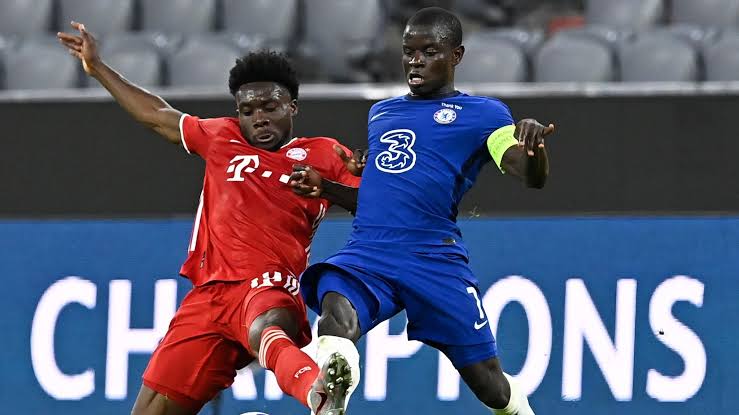
The Key Players to Watch
I can't help but get excited thinking about the individual duels within this larger battle. The way these players read the game, anticipate movements, and create opportunities out of thin air – it's poetry in motion.
Bayern's midfield maestros bring that German efficiency we've come to admire, combined with technical brilliance that can unlock any defense. They don't just play football; they conduct symphonies on grass.
Chelsea's engine room, meanwhile, has that English Premier League grit mixed with international flair. They know how to dig deep when the going gets tough, and their ability to raise their game in big moments is something special.
The fascinating thing about Bayern Munich vs Chelsea midfield battles is how they mirror different footballing philosophies. Bayern's possession-based approach versus Chelsea's tactical versatility creates this beautiful tension that keeps you guessing until the final whistle.
Battle #2: Attack vs Defense – The Ultimate Test
When Immovable Objects Meet Irresistible Forces
Now, here's where things get really interesting. You've got Bayern's attacking prowess – and trust me, when they're in full flow, it's like watching artists at work – going up against Chelsea's defensive resilience that's been the foundation of their success for years.
Bayern's attacking philosophy is simple in concept but brilliant in execution: create overloads, exploit spaces, and finish with clinical precision. They don't just score goals; they craft them like master jewelers creating precious stones.
But then you have Chelsea's defensive DNA, something that runs deeper than tactics or formations. It's a mentality, a belief that no lead is safe until the referee blows the final whistle. They've mastered the art of collective defending, where every player becomes a defender when needed.
The Numbers Game
Let's talk about what makes this battle so captivating from a tactical perspective. Bayern vs Chelsea statistics over the years tell a story of fine margins and crucial moments. These aren't games decided by overwhelming dominance – they're chess matches where one wrong move can cost you everything.
Looking at their head-to-head record, you'll notice something fascinating: neither team has established clear dominance. It's this equality that makes every encounter feel like a fresh start, a new chapter in their ongoing story.
The Bayern Munich Chelsea head to head stats reveal matches decided by individual brilliance, tactical masterstrokes, and sometimes just pure luck – the kind that makes football the beautiful game we love.
Tactical Nuances That Make the Difference
What I find most intriguing about Bayern vs Chelsea encounters is how both teams adapt their usual approach. Bayern might temper their high pressing to account for Chelsea's counter-attacking threat, while Chelsea could be more adventurous knowing they need to score at the Allianz Arena or Stamford Bridge.
These tactical adjustments create this delicious uncertainty. Will Bayern's full-backs push high up the pitch? How will Chelsea structure their defensive lines? These decisions, made in split seconds during the game, often determine the outcome.
Battle #3: Mental Strength and European Pedigree
The Psychological Warfare
Here's something that doesn't show up in the Bayern vs Chelsea odds but is absolutely crucial: the mental game. Champions League football isn't just about skill and tactics – it's about who can handle the pressure when the stakes are at their highest.
Both clubs have this incredible European pedigree that you can't manufacture. It's earned through years of big matches, dramatic comebacks, and heartbreaking defeats. When you step onto that Champions League stage, this experience becomes your invisible teammate.
I've watched Bayern navigate pressure situations with that calm German efficiency, never letting emotions overwhelm their game plan. They have this ability to stay composed even when everything seems to be falling apart.
Chelsea, on the other hand, has developed this remarkable capacity for rising to the occasion when least expected. Remember 2012? That wasn't just tactical brilliance – it was mental fortitude of the highest order, refusing to accept defeat even when logic suggested otherwise.
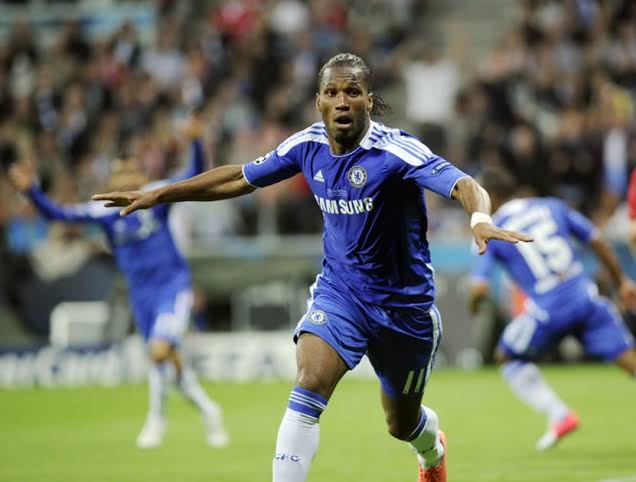
The X-Factor: Crowd Influence and Atmosphere
Whether this Bayern vs Chelsea encounter takes place at the Allianz Arena or Stamford Bridge, the atmosphere will be electric. These aren't just stadiums; they're cauldrons where football dreams come alive.
The Allianz Arena on a Champions League night is something special. The way the crowd builds momentum, creating this wall of sound that can lift players or intimidate opponents – it's genuinely impressive. Bayern knows how to use their home advantage like a tactical weapon.
But Stamford Bridge has its own magic. Chelsea fans have this unique ability to sense crucial moments and respond accordingly. The way they backed their team during that incredible 2012 run – it was like having an extra player on the pitch.
What Time Does Bayern vs Chelsea Kick Off?
For all you international fans wondering when is the next Bayern vs Chelsea match, Champions League fixtures typically kick off at 8:00 PM Central European Time. This translates to:
- USA (Eastern): 2:00 PM
- Canada (Eastern): 2:00 PM
- Australia (AEDT): 6:00 AM (next day)
- United Kingdom: 7:00 PM
Always double-check official sources as kick-off times can vary based on broadcasting schedules and UEFA requirements.
How to Watch Bayern vs Chelsea Live
Streaming and Broadcast Options
If you're wondering how can fans watch Bayern vs Chelsea live, you've got several options depending on your location:
United States: CBS Sports Network and Paramount+ typically hold Champions League rights, offering comprehensive coverage with pre-match analysis and post-match reactions.
United Kingdom: BT Sport has been the traditional home of Champions League football, providing multiple camera angles and expert commentary.
Canada: DAZN often carries Champions League matches, with streaming options available across devices.
Australia: Stan Sport has emerged as a key player in European football coverage, offering high-quality streams and local commentary options.
For the tech-savvy fans, many broadcasters now offer mobile apps and streaming services, so you can catch every moment of Bayern vs Chelsea live stream action, whether you're at home, work, or traveling.
Predicted Lineups and Team News
Bayern Munich Expected Formation
When analyzing what are the predicted lineups for Bayern vs Chelsea, Bayern typically favors a 4-2-3-1 formation that maximizes their attacking potential while maintaining defensive stability. Their lineup usually features a perfect blend of experience and youth, with each player understanding their role in the bigger tactical picture.
The goalkeeper position has been rock-solid, providing that crucial last line of defense while also being comfortable with the ball at their feet – essential for Bayern's build-up play.
In defense, you can expect a combination of pace and intelligence, players who can handle Chelsea's attacking threats while contributing to Bayern's forward momentum. Their full-backs are particularly dangerous, often providing the width that stretches opposing defenses.
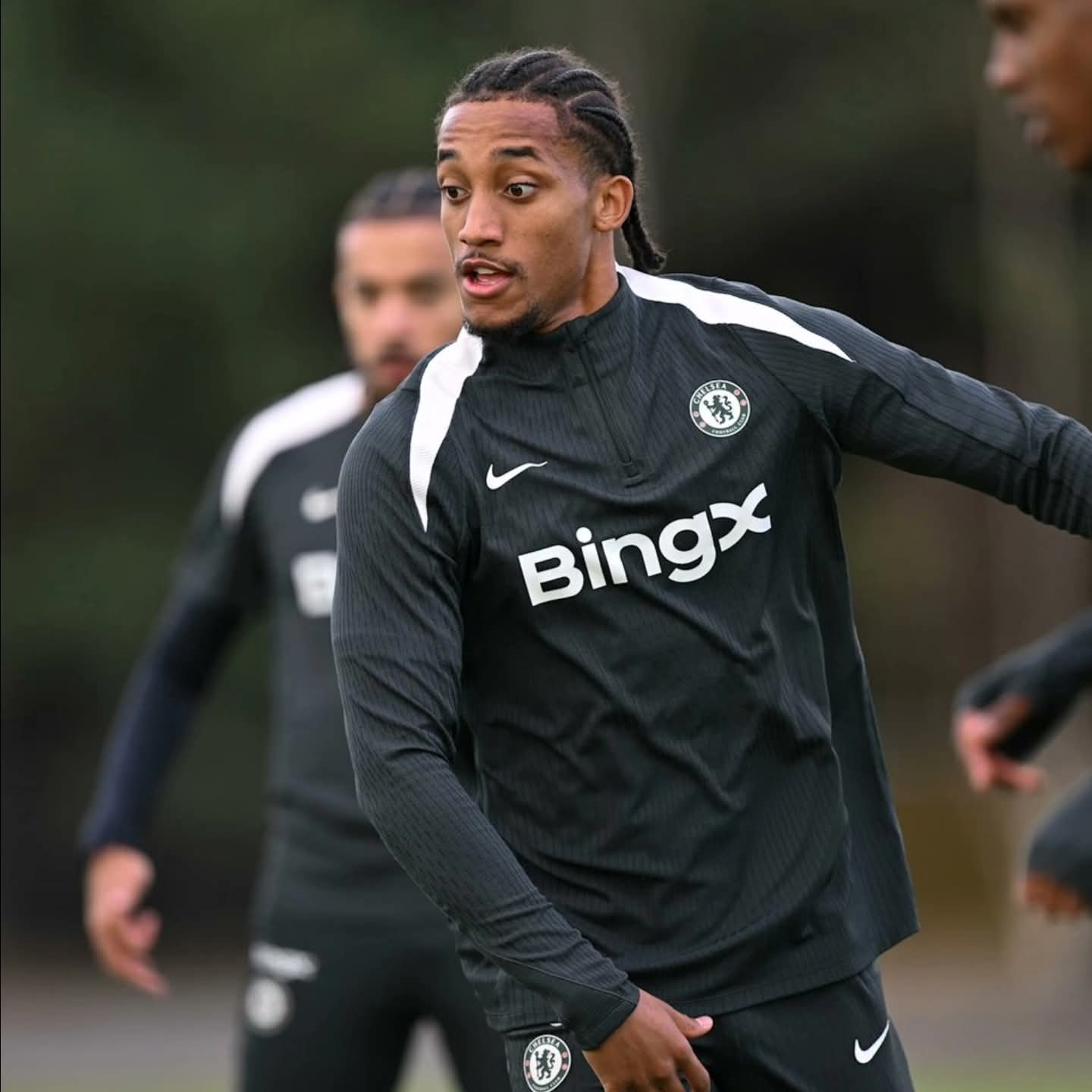
Chelsea's Tactical Approach
Chelsea's lineup vs Bayern historically shows their tactical flexibility. Frank Lampard, Thomas Tuchel, and now other managers have all approached Bayern differently, adapting to their squad's strengths and the specific challenges Bayern presents.
Chelsea's formation might shift between games, but their core principles remain: defensive solidity, quick transitions, and clinical finishing when opportunities arise. Their squad depth allows for tactical surprises that can catch even well-prepared opponents off guard.
Injury Updates and Suspensions
The question which players are injured or suspended for the match always adds an extra layer of intrigue. Key absences can completely change tactical approaches, forcing managers to be creative with their selections.
Both clubs have excellent medical and fitness teams, but Champions League football's intensity means injury concerns are always present. The smart money watches training reports and press conferences for hints about player availability.
Historical Context: Bayern vs Chelsea Through the Years
The 2012 Final That Changed Everything
No discussion of Bayern vs Chelsea would be complete without revisiting that magical night in 2012. Chelsea Bayern 2012 final remains one of the most dramatic Champions League finals in history, a match that perfectly encapsulated why we fall in love with football.
I still get goosebumps thinking about that evening. Bayern, playing at home in Munich, seemed destined for glory. They dominated possession, created chances, and looked every bit the superior team. But football isn't played on paper, and Chelsea's resilience that night was extraordinary.
The way Chelsea defended, the courage they showed when everything seemed lost, and that incredible penalty shootout – it was pure theatre. Didier Drogba's header, his penalty in the shootout, and the sheer emotion of that victory created memories that'll last forever.
Head-to-Head Statistics
Looking at Bayern Munich vs Chelsea statistics over the years, you'll find a fascinating pattern. These aren't one-sided affairs – they're genuine contests between equals, where small details often determine outcomes.
Their head-to-head record shows just how evenly matched these teams are. Sometimes Bayern's technical superiority shines through; other times, Chelsea's tactical discipline and mental strength prove decisive.
What were the key highlights of the last Bayern vs Chelsea encounter? Each meeting seems to produce moments that become part of football folklore. Whether it's a spectacular goal, a crucial save, or a controversial decision, these matches rarely disappoint.
Betting Insights and Predictions
Understanding the Odds
When bookmakers set Bayern vs Chelsea odds, they're not just looking at current form – they're considering historical performance, tactical matchups, and psychological factors that might influence the outcome.
Bayern vs Chelsea prediction models typically factor in:
- Recent performance in domestic leagues
- Champions League experience
- Key player availability
- Home advantage (if applicable)
- Historical head-to-head results
But here's the thing about Champions League knockout football: form guides and predictions often go out the window. The pressure, the atmosphere, and the sheer unpredictability of elite competition can produce results that defy logic.
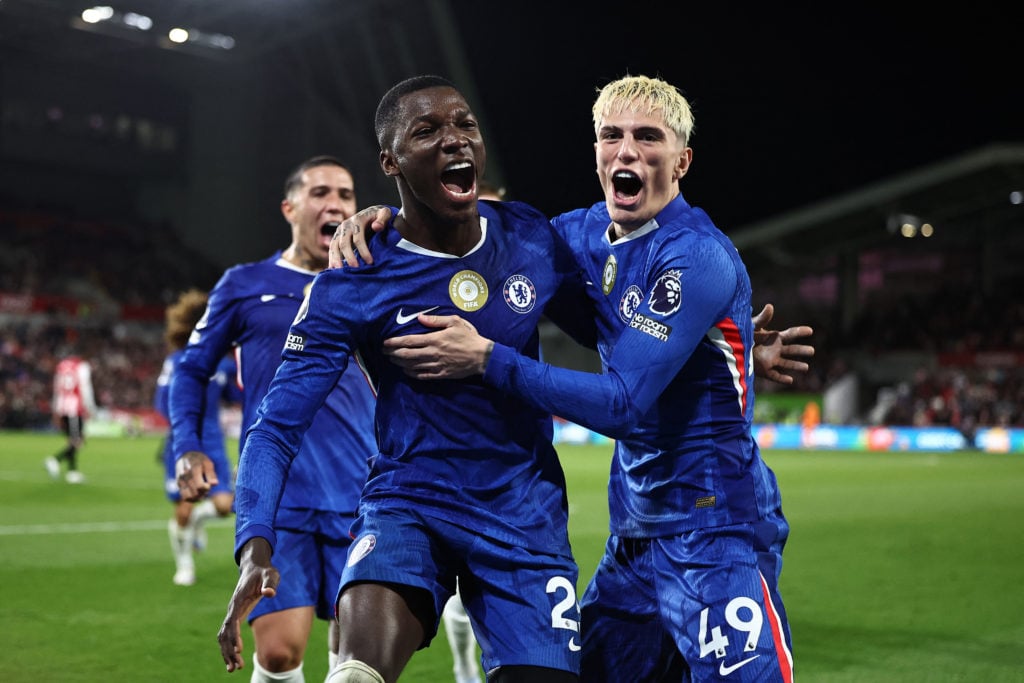
Expert Analysis and Betting Tips
For those interested in Bayern Chelsea betting tips, remember that value often lies in specific markets rather than simple win/lose bets. Goals markets, player performance bets, and timing-related wagers can offer interesting opportunities.
The smart money often looks at:
- Both teams to score (given both teams' attacking quality)
- Total goals markets (these matches can be cagey affairs or goal fests)
- Individual player performances (goalscorers, assists, cards)
- Half-time/full-time combinations
Getting Your Tickets: A Fan's Guide
How to Secure Your Spot
The question how can tickets be purchased for Bayern vs Chelsea is crucial for fans wanting to experience this clash in person. Both clubs have specific procedures for Champions League matches that differ from regular league games.
Bayern Munich tickets are typically available through:
- Official Bayern Munich website
- Season ticket holder priority periods
- General sale (usually very limited)
- UEFA allocation for neutral fans
Chelsea tickets follow a similar pattern:
- Stamford Bridge official channels
- Loyalty point systems for regular supporters
- Limited general availability
- Travel packages through official partners
Planning Your Match Day Experience
Whether you're heading to Munich's Allianz Arena or London's Stamford Bridge, the match day experience extends far beyond the 90 minutes of football. Both cities offer incredible pre-match atmospheres that are worth experiencing.
In Munich, the beer gardens around the stadium create this fantastic build-up atmosphere. German efficiency meets football passion in a way that's uniquely entertaining.
London's football pubs near Stamford Bridge have their own character, where Chelsea's history comes alive through stories shared by longtime supporters who've seen it all.
The Tactical Chess Match: Managers' Battle
Strategic Masterminds at Work
The beauty of Bayern vs Chelsea encounters often lies in the tactical battle between the managers. These aren't just coaches – they're strategic masterminds who spend weeks analyzing every detail of their opponent's approach.
Bayern's tactical philosophy has remained consistently attacking, but the nuances change based on personnel and opponents. Their managers understand how to adapt their high-pressing, possession-based game without losing its essential character.
Chelsea's managerial approach to Bayern has varied over the years, but successful strategies often involve tactical discipline combined with opportunistic attacking. The ability to remain compact defensively while staying dangerous on the counter has served them well.
In-Game Adjustments
What I find most fascinating is watching how both teams adapt during matches. Bayern vs Chelsea games rarely follow the expected script, forcing managers to make crucial decisions that can change everything.
Substitution timing becomes critical – do you stick with your game plan or react to what's happening on the pitch? The managers who read the game correctly and make brave decisions often see their teams progress.
Fan Culture and Rivalry Dynamics
More Than Just Football
The relationship between Bayern and Chelsea fans is built on mutual respect earned through competitive encounters rather than geographical proximity or historical animosity. It's a rivalry born from excellence meeting excellence on Europe's biggest stage.
Bayern fans bring that German passion that combines organization with genuine emotion. Their support creates an atmosphere that's both intimidating and inspiring, depending on which side you're supporting.
Chelsea supporters have developed this incredible resilience over the years, staying loyal through ownership changes, tactical revolutions, and varying levels of success. Their belief in their team's ability to produce magic moments is genuinely impressive.
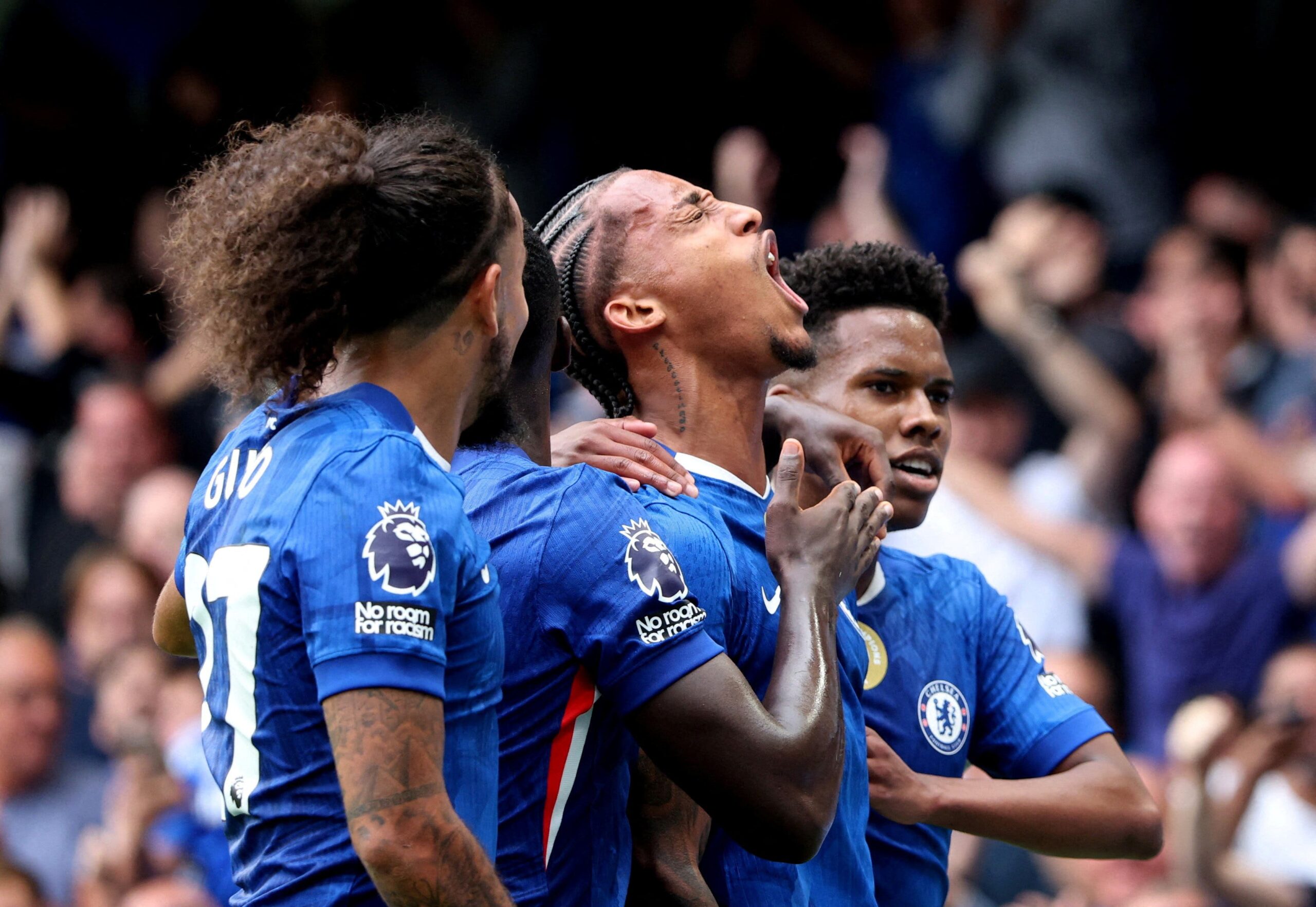
Social Media and Modern Fan Engagement
Today's Bayern vs Chelsea encounters play out on multiple levels. While the action unfolds on the pitch, social media creates this parallel universe where Chelsea Bayern fan reactions happen in real-time.
The way modern fans engage with these matches – sharing tactical observations, celebrating goals, commiserating over missed chances – adds richness to the experience that previous generations couldn't access.
Media Coverage and Global Reach
International Broadcast Appeal
Bayern Munich vs Chelsea TV channel coverage varies by region, but the global appetite for this matchup ensures comprehensive coverage across multiple platforms. These matches often receive premium broadcast treatment because they deliver consistently entertaining football.
The production quality for Champions League matches has reached incredible levels. Multiple camera angles, tactical analysis graphics, and expert commentary create viewing experiences that sometimes rival being at the stadium.
Digital Age Football Consumption
Modern football fans consume matches differently than previous generations. Bayern vs Chelsea highlights become immediately available across platforms, allowing fans to relive key moments and share them with global communities.
The way goals, saves, and controversial decisions spread across social media creates this shared experience that transcends geographical boundaries. A spectacular goal scored in Munich or London is celebrated (or mourned) simultaneously across continents.
Looking Ahead: Future of This Rivalry
Evolving Dynamics
As both clubs continue evolving, the nature of Bayern vs Chelsea encounters will likely change too. New players, different tactical approaches, and shifting priorities all influence how these teams approach each other.
Bayern's commitment to developing young talent alongside strategic signings suggests their encounters with Chelsea will remain competitive for years to come. Their ability to blend traditional German football values with modern tactical innovation keeps them relevant in European competition.
Chelsea's recent history shows their capacity for reinvention. Whether through management changes, player acquisitions, or tactical evolution, they've consistently remained competitive at the highest level.
The Next Generation
Young fans discovering Bayern vs Chelsea matches today are witnessing the continuation of a rivalry that has produced some of football's greatest moments. Each new encounter adds to this rich history while creating fresh memories for future generations.
The beauty of Champions League football lies in these connections across time – today's dramatic moments become tomorrow's legendary stories that inspire new players and fans.
Conclusion: Why This Match Matters
As we anticipate another chapter in the Bayern vs Chelsea story, it's worth reflecting on why these encounters captivate us so completely. It's not just about two excellent teams playing football – it's about the collision of different footballing cultures, tactical philosophies, and competitive spirits.
Whether you're settling in for Bayern vs Chelsea today or counting down to the next encounter, remember that you're witnessing something special. These matches represent everything we love about Champions League football: unpredictability, quality, passion, and that magical possibility that anything can happen.
The three key battles I've outlined – midfield control, attack versus defense, and mental strength – will likely determine the outcome, but football's beauty lies in its capacity to surprise us. Maybe it'll be a moment of individual brilliance, a tactical masterstroke, or pure luck that decides this clash.
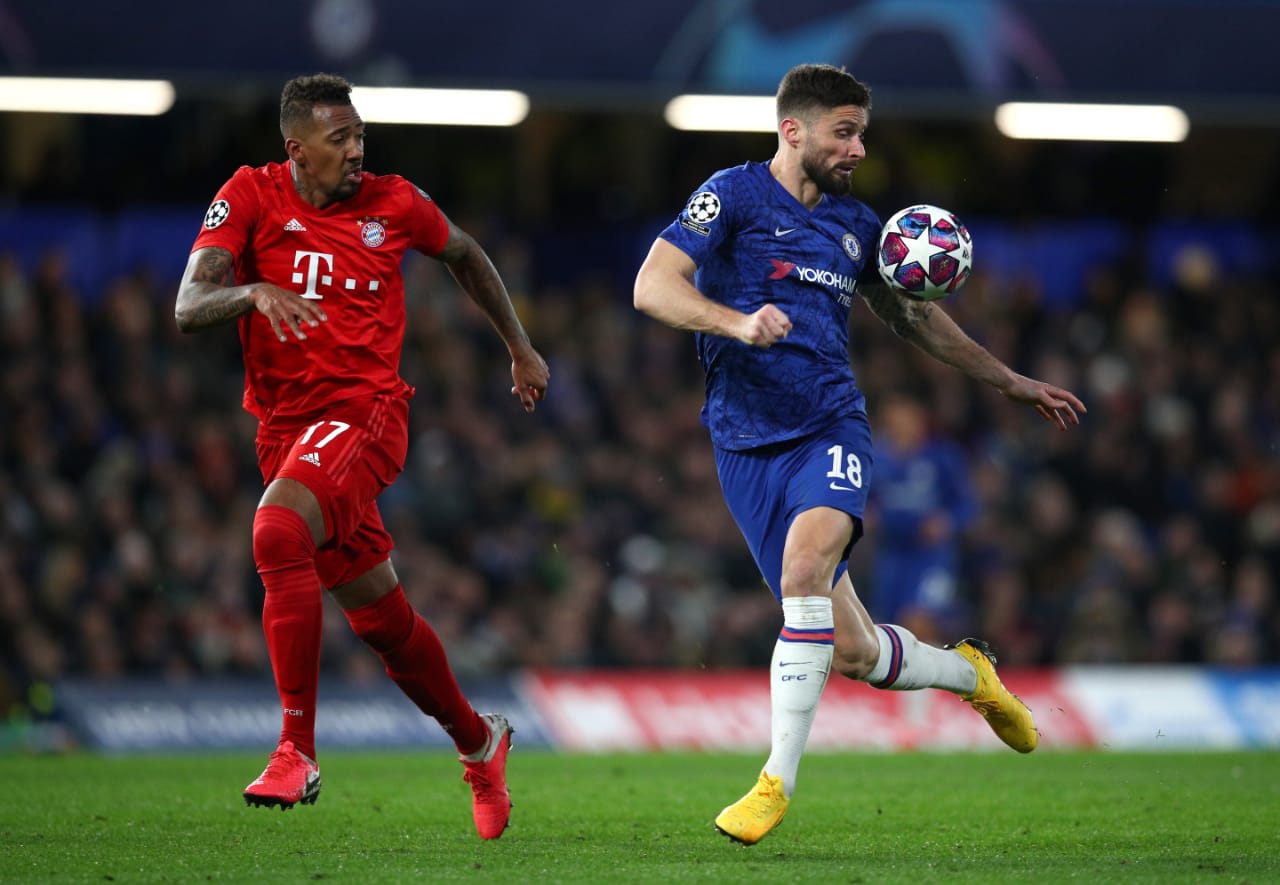
Whatever happens, make sure you're watching. Bayern vs Chelsea encounters don't come around often, and when they do, they rarely disappoint. Whether you're supporting the Bavarian giants or backing the Blues, you're in for a treat.
So grab your favorite snacks, clear your schedule, and prepare for 90 minutes (plus stoppage time) of pure footballing drama. Because when Bayern meets Chelsea, magic happens – and you won't want to miss a single moment of it.
What's your prediction for Bayern vs Chelsea? Share your thoughts and let's get the conversation started! The beauty of football lies not just in watching the matches, but in discussing them with fellow fans who share our passion for this incredible game.
Related Article....
